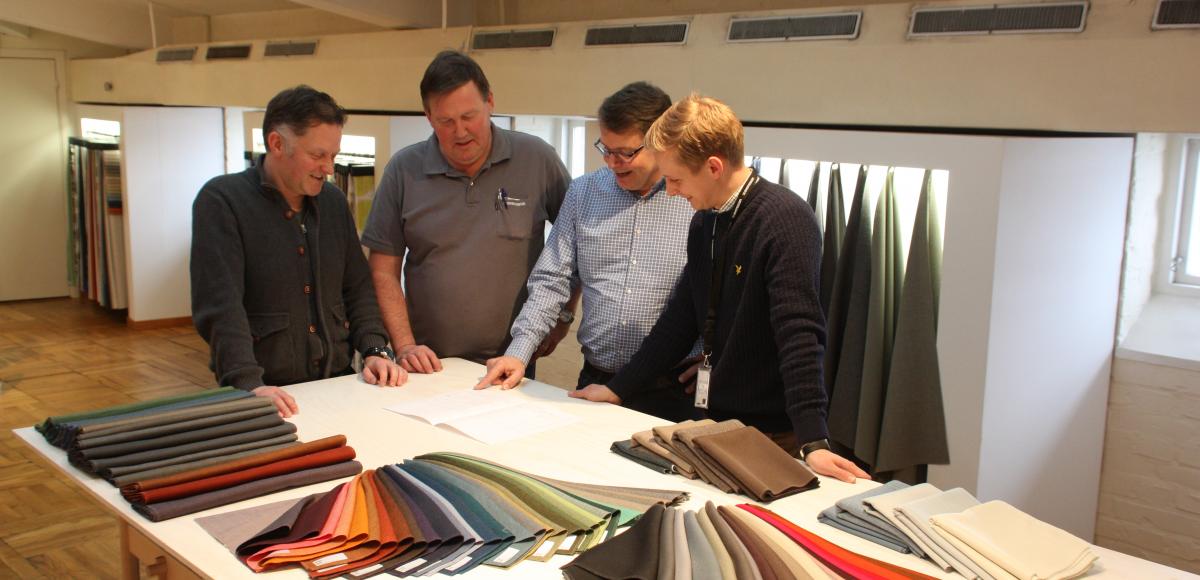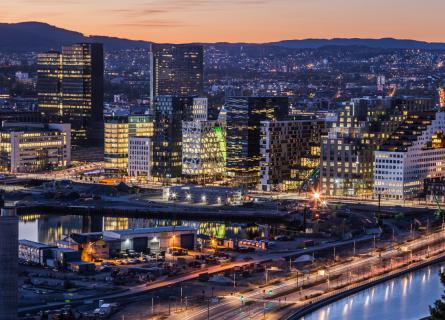
Industrial facilities - Energy cooperation with textile manufacturer
AB Ludvig Svensson
Through energy cooperation with AFRY, the textile producer AB Ludvig Svensson has so far managed to reduce energy use by 21%, or SEK 1.9 million per year, while increasing production by 33%.
Background
Textile producer AB Ludvig Svensson had a relatively high energy consumption and no ongoing actions to reduce it. Initiating a so-called energy cooperation with AFRY in 2015 proved to be a turnaround, and the start of active and long-term improvement. In the energy cooperation concept offered by AFRY, the energy savings achieved cover AFRY’s time and expertise, and the client is guaranteed a certain part of the savings. In this case, the purpose was to help the client reduce operating costs, improve their indoor climate and provide them with energy expertise to bounce ideas off.
AFRY´s role
The first step in the energy cooperation was a survey, allowing AFRY become acquainted with the operations and identify suitable measures. Subsequently, a long-term programme was initiated, including adjustments, operational optimization, shutdown routines and further investigations, to find further improvement potential. Primarily, AFRY has supported the client’s staff, who have then implemented much of the improvement work themselves. The client’s side of the project organization consists primarily of representatives from facilities, sustainability and production.
In 2017, AFRY delivered another energy mapping, as the Act on Energy Mapping in Large Enterprises (2014: 266) applies to AB Ludvig Svensson. This mapping was performed as a natural part of the energy cooperation, in order to further elucidate certain sections and propose further actions. Throughout the process, documents were maintained and updated, detailing actions of varying magnitude.
After the energy mapping, active measures have been carried out to make the heating of the facilities more efficient and to switch to LED lighting. The steam system has also been made more efficient, and supplementary insulation has been added for better energy efficiency.
Within the framework of the energy cooperation, students from Chalmers University of Technology conducted a degree project, to find ways to improve the energy efficiency of the dyeing process. This resulted in expanded knowledge that will quickly contribute to simpler operating optimization, and in the longer term also provide insights relating to major renovations.
Result
Between 2014 and 2018, the amount of electricity and gas/oil purchased has been reduced by 570 MWh/year and 2,700 MWh/year respectively, which corresponds to a cost saving of SEK 1.9 million per year. The energy savings have also resulted in lower environmental mpact, as emissions have been reduced by 640 tonnes of carbon dioxide.
Client: AB Ludvig Svensson
Object: Textile factory, Kinna, Sweden
Project: Energy cooperation
Period: 2015-2018
AFRY´s role: To support and carry out energy efficiency measures. Cost savings cover AFRY´s fee.


